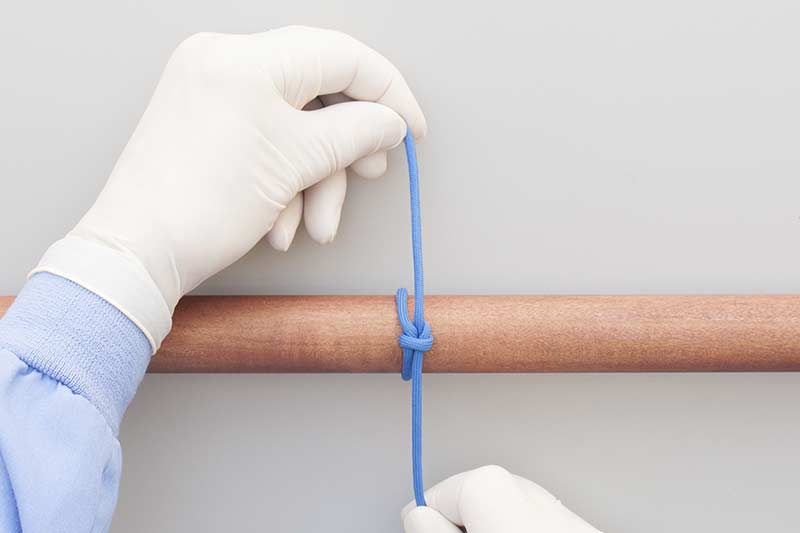

2,17,19 This curriculum emphasizes attaining proficiency on 12 open tasks for suturing and knot tying. 23Įducators at The University of Texas Southwestern (UT-Southwestern), Dallas, also have created a curriculum to develop surgical skills proficiency among graduating medical students entering a surgical field. By the end of the course, students’ tested proficiency scores were not found to differ significantly from those of second-year surgical residents in three of the five suturing and knot-tying tasks.

21,23 These improvements also extended to basic laparoscopic skills. 23 Pre- and posttesting of the students in this cohort demonstrated a significant improvement in all five tested suturing and knot-tying skills. Louis (WUSTL), MO, for example, fourth-year medical students applying to a surgical specialty program attend a two- to three-hour session for seven weeks, with most of the session dedicated to instruction in technical skills such as suturing, knot tying, chest tube and line placement, intubation, and basic laparoscopic skills.

Medical schools have begun to provide structured experiences to fourth-year medical students to build technical proficiency in basic surgical skills several studies have demonstrated the effectiveness of surgical skills curricula. 1,4,5,17,23-27 Programs for graduating students 4,5 Simulation and structured preparatory skills sessions have emerged as interventions to standardize developing proficiency in basic surgical skills and serve as an adjunct to potentially limited intraoperative application. 21,22 Hence, even students graduating from the same medical school may enter residency with differing levels of proficiency in knot tying, suturing, and handling of laparoscopic instruments. 10,11,20 Contributing to the challenge of ensuring that medical students have achieved adequate technical proficiency are the heterogeneous experiences that different institutions, services, or even surgeons offer. These issues may limit medical students’ opportunities to learn or apply technical skills intraoperatively or in the course of their surgical rotations. Many of the same challenges seen in surgical residency, including limited operative exposure and a lack of autonomy, also are present in medical school. Innovative curricular approaches have been introduced to prepare incoming surgical trainees to deliver the highest quality of care to patients by leveraging the flexibility of the final year of medical school, the pre-internship period, and the first several months of the surgical internship year. Given that an ever-expanding complement of new surgical technologies increases the number of skills trainees are expected to acquire during residency, the interface between undergraduate and graduate medical education provides an opportunity for early skill development with the goal of achieving the proficiency levels necessary to optimize patient care, operative experience, and skill refinement. 12-19 Increased attention also has been directed toward the transition between medical school and surgical residency. 1-11 Accordingly, numerous strategies, such as simulation and early specialization, have emerged to combat the potential deficiencies in training that may arise from these limitations. Faced with numerous challenges, including duty-hour restrictions, patient safety issues, cost-containment in the operating room (OR), and the medicolegal climate, operative exposure and autonomy during surgical residency have decreased. The landscape of surgical training is changing.


 0 kommentar(er)
0 kommentar(er)
